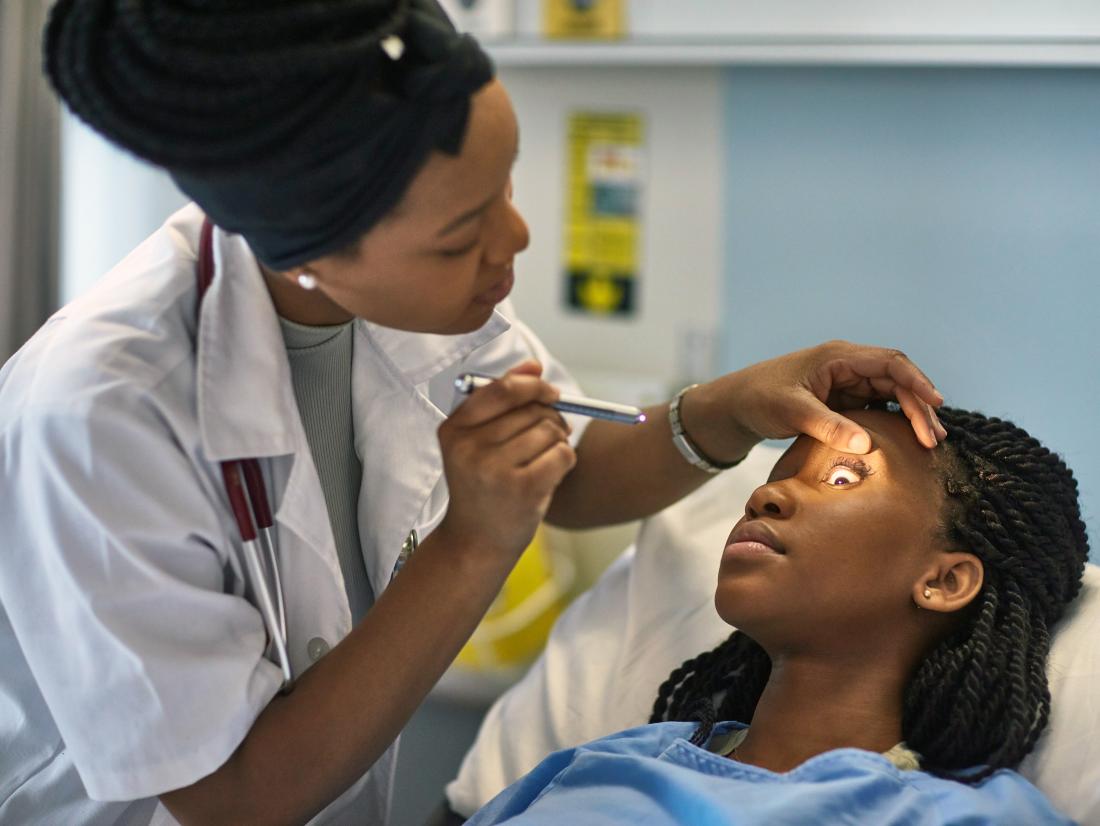Indicators on Amblyopia You Need To Know
Table of ContentsThe smart Trick of Emergency Eye Problems That Nobody is Talking AboutSome Known Incorrect Statements About Paediatric Ophthalmology The Best Guide To Comprehensive OphthalmologyThe Ultimate Guide To Adult Cataract
Ophthalmologists are clinical doctors that specialize in the diagnosis as well as therapy of eye and vision troubles. These 3 kinds of eye care experts have rather similar-sounding names and overlapping job summaries.They can not give eye exams, write prescriptions, or identify or treat eye troubles. can analyze your eyes, test your vision, suggest glasses or contacts, as well as detect as well as treat numerous eye conditions and also conditions. They are not clinical doctors or specialists however can suggest particular eye-related medicines (http://ttlink.com/drcrlinecatt). additionally provide eye tests, vision screening, as well as prescriptions for glasses or get in touch with lenses.

Ophthalmologists detect as well as treat injuries, infections, conditions, and also conditions of the eye. Treatments can include medication taken by mouth (by mouth) or topically (in the eye), surgical procedure, cryotherapy (freeze therapy), and also radiation treatment (chemical treatment). Ophthalmologists attend clinical school then receive numerous years of specialty training in the clinical and surgical treatment of the eye.
9 Simple Techniques For Emergency Eye Problems
As they are the only clinical specialists that can deal with all eye problems, eye doctors see a wide range of eye conditions, including: How typically should you have an eye exam? What are signs that suggest you may have an eye issue that needs to be inspected by an ophthalmologist? The American Academy of Ophthalmology suggests: As children's eyes are growing as well as transforming swiftly, they should receive a vision testing.
Adults that have healthy and balanced eyes and excellent vision ought to have four extensive eye examinations: one in their 20s, two in their 30s, and also one at age 40. These appointments may allow the eye doctor to catch an eye condition or vision modifications at an early stage. By the time you notice signs and symptoms, you may currently have some vision loss (AMBLYOPIA).

People who are at a greater threat of eye disease may require to get an eye examination extra usually. After age 65, your eyes must be inspected every one to 2 years.
Your view depends upon seeing the right optometrist at the correct time. When it's time to "get your eyes inspected," see to it you are seeing the appropriate eye care specialist for your needs. Ophthalmologists, optometrists and also lens each play a crucial role in providing eye like consumers. The degrees of training as well as experience are rather different for each kind of supplier.
What Does Conjunctivitis Mean?

is a clinical or osteopathic medical professional that concentrates on eye and vision care. Ophthalmologists vary from optometrists and opticians in their degrees of training and also in what they can diagnose and deal with (https://coub.com/matthew-landry). As a clinical doctor that has completed college and also at the very least eight years of extra clinical training, an eye doctor is licensed to exercise medicine and also surgical treatment.
Numerous ophthalmologists are likewise associated with clinical study on the reasons and treatments for eye diseases as well as vision conditions. SUBSPECIALISTS: ADDED EXPERTISE AS WELL AS TRAINING FOR SPECIFIC EYE NEEDS While ophthalmologists are educated to look after all eye problems and also problems, some Eye M.D.s specialize in a certain area of clinical or medical eye treatment.
He or she normally finishes one or two years of additional, much more extensive training called a fellowship in one of the look what i found main subspecialty areas such as glaucoma, retina, cornea, pediatric medicines, neurology and cosmetic surgery, in addition to others. This included training and also knowledge prepares an eye doctor deal with more complicated or details conditions in specific areas of the eye or in particular groups of individuals.
An optometrist is not a medical doctor. An optometrist receives a physician of optometry (OD) level after completing four years of optometry institution, preceded by three years or even more years of university. They are licensed to exercise optometry, which primarily entails executing eye exams and also vision examinations, suggesting and dispensing restorative lenses, discovering particular eye abnormalities, as well as suggesting medicines for specific eye conditions.
All about Adult Strabismus
They make use of prescriptions supplied by eye doctors or eye doctors, but do not test vision or compose prescriptions for aesthetic adjustment (https://www.directoryposts.com/author/drcrlinecatt/). Lens are not allowed to detect or deal with eye conditions. CONJUNCTIVITIS.
Having a family participant with eye illness can make you extra prone to having that condition too. Sight-stealing eye disease can appear at any moment. Very often they are undetectable initially and also are tough to identify. That's why it is so vital to see an eye doctor for a full medical eye test by age 40, and after that as typically as prescribed by your Eye M.D.
If you have any one of these, make sure to see an ophthalmologist. A full, clinical eye exam by an Eye M.D. could be the primary step toward saving your sight. Bulging of one or both eyes; Dark drape or veil that obstructs your vision; Lowered vision, also if short-term; Diabetic issues mellitus; Distorted vision; Dual vision; Excess tearing; Eyelid abnormalities; Family members background of eye disease; Halos (tinted circles around lights); Hypertension; HIV or Help; Injury to the eye; Loss of outer (side) vision; Misaligned eyes; New drifters (black "strings" or flecks in the vision) and/or flashes of light; Pain in the eye; Thyroid disease-related eye problems (Tomb' disease); Uncommon red eye.